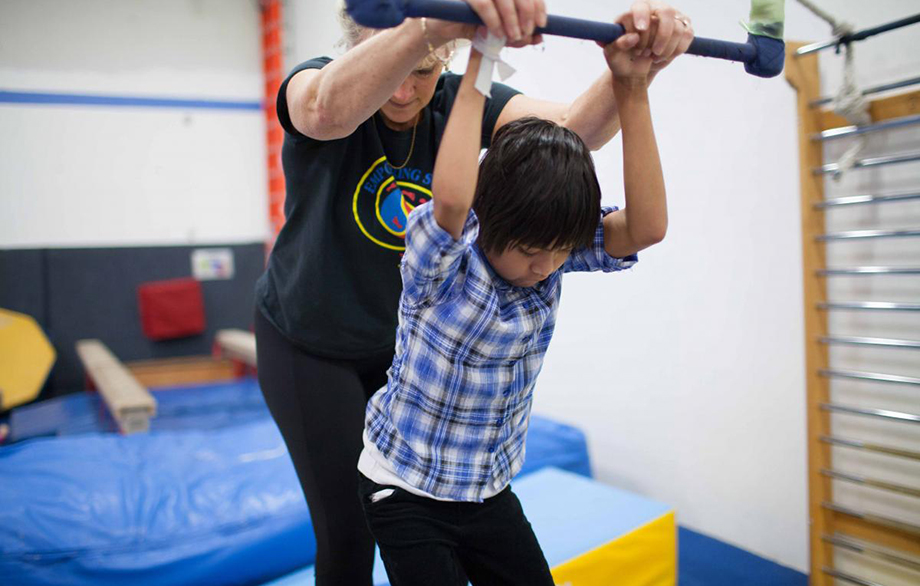Physical Activity: a treatment that feels like play and develops the brain
November 23, 2015 | Archive

Physical activity gets touted for having enormous positive effects on both body and mind. Given the hype, it would be easy to dismiss it as a panacea.
Meanwhile, kids and teens are more sedentary than ever, and obesity rates are a common concern. But what about their brains? What are the benefits of physical activity for the developing brain, in terms of learning, emotional regulation, focus, and physical literacy?
For the first time, experts in physical activity and neuroscience joined policy-makers, clinicians, educators and organizations working in the developmental disabilities and health child development sectors to explore these questions, while laying the foundation for a national project focusing on physical activity and mental wellbeing at the Physical Activity and Brain Development Conference November 20-21 at the Abilities Centre in Whitby, Ontario. One hundred and fifty people attended the highly participatory event.
The brainchild of Kids Brain Health Network and partners including ParticipACTION, the CHEO Research Institute, the Lawson Foundation, the Ontario Brain Institute, the Sinneave Family Foundation and the Abilities Centre, the conference featured an opening keynote offered by Dr. John Ratey, the clinician and best-selling author who penned “Spark: The Revolutionary New Science of Exercise and the Brain.” Dr. Ratey addressed the role of exercise in children’s ability to take in new information, adaptability and the role of exercise in achieving optimal wellbeing.
Other presenters deepened and extended the evidence that physical activity improves brain function, and highlighted emerging research that shows it is also critical to the structural and functional development of the brain.
Invited talks included:
- Physical Activity Induced Modulation in Cognitive Control by Matthew Pontifex (Michigan State University)
- The Impact of Physical Activity on Brain Plasticity and Disease by Fernando Gomez-Pinilla (University of California Los Angeles)
- Physical Literacy and the Developing Brain: Connections and Implications for Intervention by John Cairney (McMaster University)
Presentations and discussion on the first day of the conference were followed by a day focusing on synthesis of themes, gaps in knowledge, and consultation on next steps. A white paper capturing the discussion and identifying a way forward is to be produced in the coming months.
“The focus on exercise and its impacts on children with disabilities as well as typically developing kids at this gathering was significant,” says Kids Brain Health Network Scientific Director Dr. Daniel Goldowitz, “given that the federal government sees health as a priority, and has combined disabilities and sport into one ministerial portfolio. The conference and forthcoming white paper will assist in advancing this agenda.”
Physical activity as a form of intervention or treatment has a great deal of potential,” adds Dr. Goldowitz. “It’s holistic, given its impacts on cognition and the wellbeing of the whole body, and it’s non-invasive. Best of all, it speaks to children’s natural inclination to play, and can involve the whole family.”
Professor Mark Tremblay from the CHEO Research Institute, co-leader of the event, agrees. “This coming together of the neuroscience community and the exercise science community, including both scholars and practitioners, created a synergy and level of excitement that has the potential to ignite and propel future initiatives forward, for the benefit of the developing minds in our communities.”